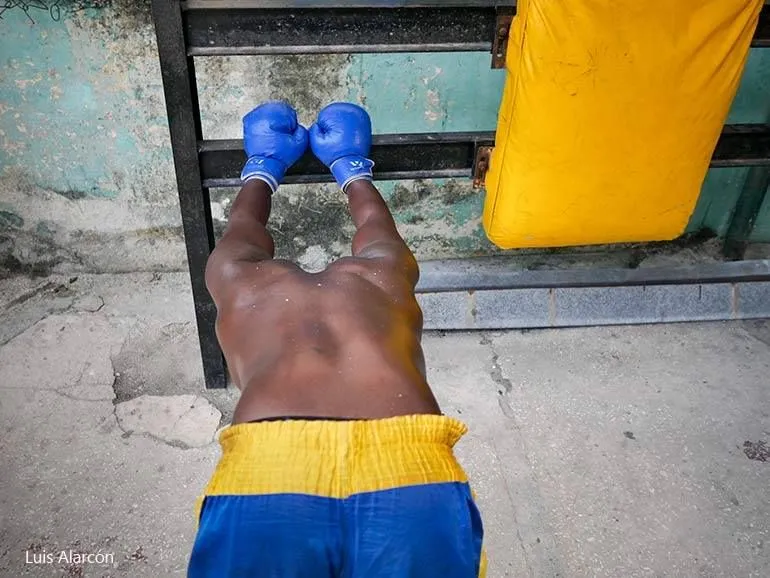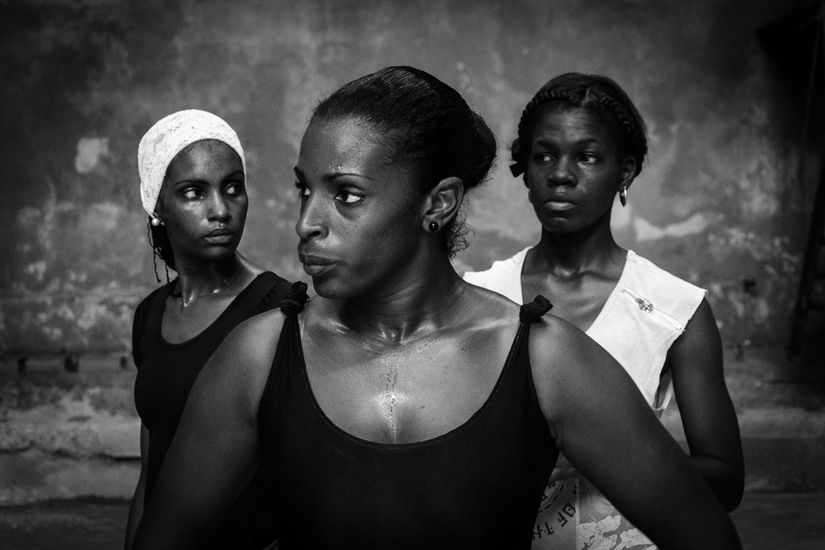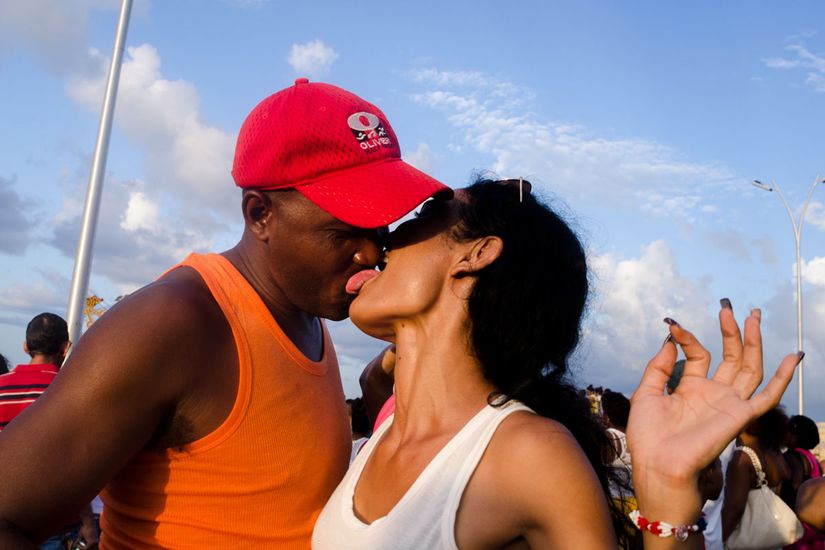
I am Louis Alarcón and I have been organising photo tours in Cuba and Spain for more than 10 years.
They have been intense years in which I have discovered many things about photo tourism that I would like to summarise in this article.
These are personal appreciations that have helped me to understand the world of photographic training and tourism.
List of my thoughts about photography tours
1- Very few people know what a photo tour is, but strangely enough, everyone knows what it means to go on a photo safari.
We have all seen on TV images of wildlife photographers in jeeps with their lenses pointed at the animals, mainly in countries like Kenya.


2- I have been able to talk to people who, when I tell them that I do photo tours, ask me if that is taking photos of the travellers who go with me.
This is a common misconception that I have seen in my career as a photo tour organiser, people confuse photo tours with vacation photography.
3- Sometimes in my photo tours I have guided people who were accompanying photographers and they have told me that it is the best possible tourism, especially if they are human photo tours (not wildlife or landscape) because in them we are always surrounded by people and activities where we discover the true personality of the country we are visiting, in my case Spain and Cuba.
4- Photo tours always have the personality of the photographer who organises and directs them, which is why it is very important to watch videos of him before signing up and, above all, to observe his photographs.
Personally I think that by looking at a photographer's portfolio we can know approximately what their personality is like.
Note 1: as a photographer I would never sign up for a photo tour where I can't analyse the photographic reports of the director of that trip.
Note 2: I would never go on a photo tour where it is not clear who the photographer is, i.e. I would never sign up for a generic travel agency photo tour.
5- Photo tours are not a great business, even if you are the first on Google.
It is not usual to have many clients, unless you are a well-known photographer or you have a photography academy where you offer to do some photo tours during the year.
Thoughts on human photo tours
6- Because it is not a big business, there are not many travel agencies that sell them, so it is usually the photographers who are in charge of promoting them.
The organisers of these photo workshops tend to associate with travel agencies that sell these trips as they are the companies that have the necessary insurance to cover any problem, let's not forget that we are talking about tourism and that the presence of a travel agency is necessary for the final organisation.
Locally Sourced Cuba is the agency that sells the tours organised by me in Cuba.
7- There are directories on the internet that appear in the first Google searches but my opinion is that they are not real, they are "robots" that automatically create websites and photo tour offers by copying what is on other websites.
Their intention is none other than to earn money through commissions or advertising on the website itself.
In reality there are not many of them because photo tours are not a big business with many potential customers.
Travelstride is one of these websites.
8- A funny observation often seen on human photo tours focusing on people photography is that the teachers work with small cameras and discreet lenses and the travellers often go with giant cameras and large lenses.
In these photo tours the magic is often in learning how to get close to the people we want to photograph but in a polite and non-invasive way.
This is my speciality, my hobby and my job.
You can see in this video
9- When the teacher takes photos in the street, travellers should watch and learn from their movements and approach strategies.
There are travellers who appreciate this lesson and others who don't understand it, believing that he should be pointing and teaching them all the time.
My opinion is: "What better lesson than to see a professional photographer in action?
In my early days I had the opportunity to work as a fixer for some great well known photographers who visited Cuba and when they would pick up their cameras, I would put mine away so I could learn from their movements.
11- One of the great lessons learned in photo tours is to discover which are your best photographs and also which are the best series or reports that can be created with your images.
I sincerely think that this is one of the greatest responsibilities of the teacher or director of the workshop.



12- One of my strategies to help my students that I like the most is to mark on their camera the photographs that I consider to be special.
I usually block them with a button or through software in the camera, this causes a joy in the student but also the beginning of an analysis process.
Start to see common patterns in your best photos, and in this way identify your strengths and discard the pretty photos that don't have the strength of the "good" photos.
13 - Traveling photographers usually find me on Google for terms as similar as: Spain photo walks, Cuban photography tour, The best photo workshops in Spain, photo hollidays in Spain, and terms of this style.
After all, all these terms are similar and show similar results in Google searches.
Participate in a photo tour with mobile phones
14- In my years as a photographic tourism organizer I have had many students who take photographs with a mobile phone and it is surprising how these travelers usually obtain much deeper photographs than other travelers with large cameras.
In general, women who usually work without the pressure of technology tend to use the phone more, and this allows them to obtain more artistic images.
Note: remember that this is a very subjective opinion of mine based on my personal experience, I do not mean that it is an indisputable truth.
15- Night photography photo tours, long exposures, even landscapes, are not my specialty, I know that most travel photographers do landscapes, but these photo tours lack the most interesting aspect for me, which is the "human factor", making photographs of people is for me the highlight of my career as a photographer.
Also as a funny anecdote, I have to say that in these landscape photography workshops almost all photographers usually want to put their tripod near the teacher's tripod, whereas in photo tours focused on people, photographers are like dancers moving and looking for their own place.
2 Types of teacher leading photo tours
16- In my photographic routes through Cuba and Spain, I have coincided with other photography workshops and I could say that I have seen 2 types of teachers (speaking of photo tours focused on street photography and travel)
a) the teacher who goes out with the students and spends the whole day walking with them
b) the teacher who gives assignments to his students and waits for them to analyze their work, edit the images taken, etc.









